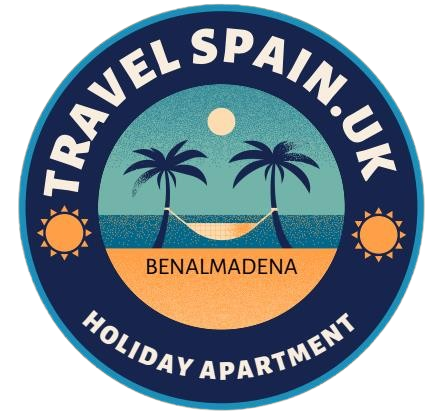
by Alex Lawrie | Mar 18, 2025 | Benalmadena
Did you know Malaga welcomes over 3 million international guests every year? Your dream holiday in Malaga is waiting, with a mix of coastal beauty and Spanish warmth. You’ll find the perfect place to stay, whether looking for luxury or something cozy. Looking...

by Alex Lawrie | Mar 16, 2025 | Benalmadena
Imagine enjoying Spain’s sunny coast without the crowds. Benalmádena offers a range of holiday homes, from beachfront apartments to family villas. These places let you soak up over 300 sunny days a year. Whether you want peace or beach fun, this guide helps you find...

by Alex Lawrie | Mar 13, 2025 | Benalmadena
Affordable Benal Beach Apartments Welcome to Benal Beach apartments, where luxury meets the sea. Located on Spain’s Costa del Sol, it’s your dream come true. Here, you get more than a place to stay; you get a lifestyle. These condos are right on the beach,...

by Alex Lawrie | Mar 8, 2025 | Benalmadena
Imagine waking up to the sound of waves and stepping onto your balcony. You breathe in the Mediterranean sea breeze without spending a lot. Benalmadena lets you enjoy stunning coastal living at a budget-friendly price. Book Now Finding cheap Benalmadena apartments on...

by Alex Lawrie | Mar 6, 2025 | Benalmadena
Start an amazing journey to Benalmadena, a beautiful spot on the Costa del Sol. It offers a unique vacation experience. With over 22,712 vacation rentals, there’s something for everyone looking for the perfect holiday spot. Holiday Rentals Benalmadena are very...

by Alex Lawrie | Mar 1, 2025 | Benalmadena
Benalmádena, a stunning coastal town on Spain’s Costa del Sol, is a dream destination for travelers looking for sun, sea, and vibrant culture. Whether planning a relaxing beach holiday, a family-friendly getaway, or a luxurious retreat, finding the perfect...

by Alex Lawrie | Feb 21, 2025 | Benalmadena
Are you searching for affordable housing in Benalmadena without spending too much? Finding cheap apartments in Benalmadena can be tough. But, what if you could find the perfect place without breaking the bank? Our guide will help you find affordable housing in...

by Alex Lawrie | Feb 11, 2025 | Benalmadena
Want a dream vacation? Book Luxury Holiday Apartments In Benalmádena with pools, terraces & exclusive comforts. Benalmádena, a charming coastal town on Spain’s Costa del Sol, is a dream destination for travelers seeking luxury, relaxation, and breathtaking sea...

by Alex Lawrie | Feb 8, 2025 | Benalmadena
Self Catering Apartments Benalmadena, a stunning coastal town on Spain’s Costa del Sol, is a top destination for travelers seeking sun, sea, and culture. While hotels are an option, many visitors prefer self-catering apartments for their flexibility,...

by Alex Lawrie | Feb 8, 2025 | Benalmadena
Benalmadena, a stunning coastal town on Spain’s Costa del Sol, is a top destination for travelers seeking sun, sea, and vibrant culture. If you’re planning a budget trip to this Mediterranean paradise, finding a cheap holiday apartment in Benalmadena is easier...











